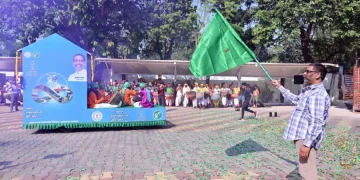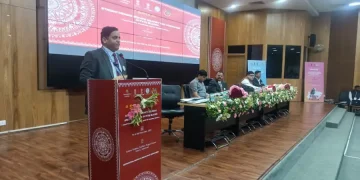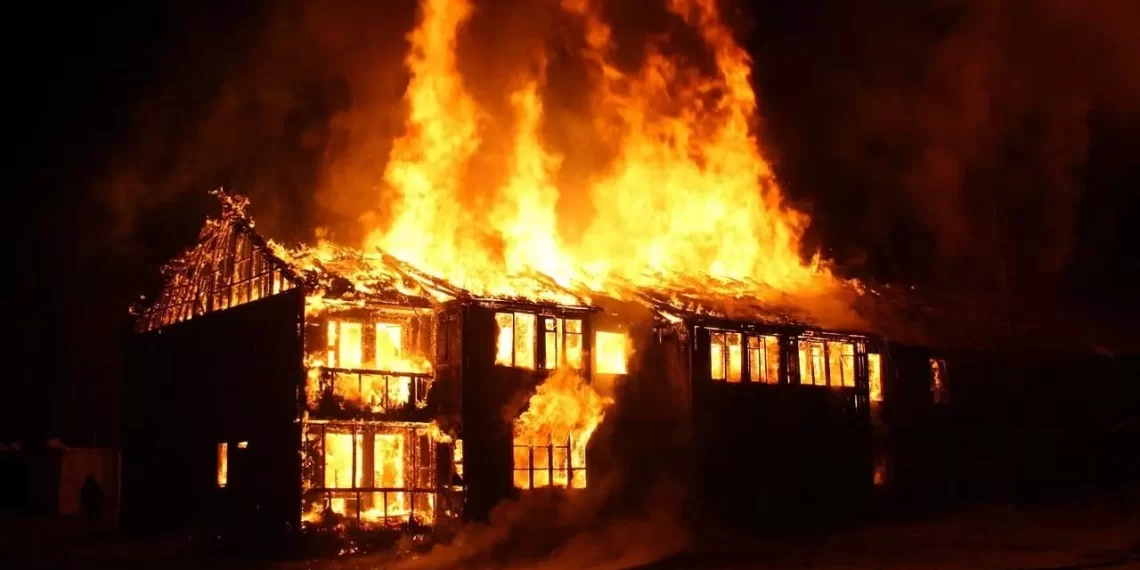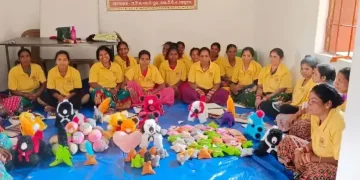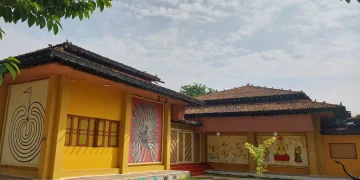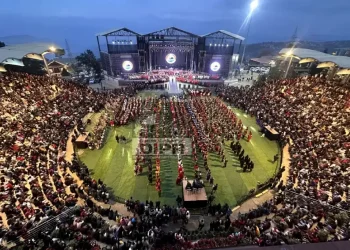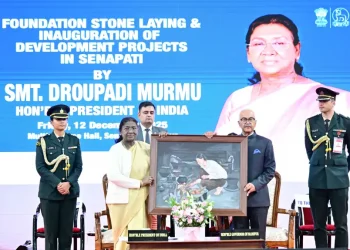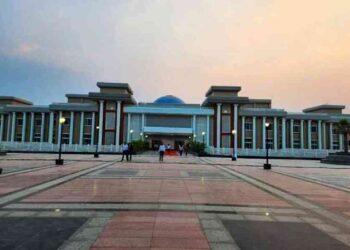New Delhi
The continuing violence in Manipur, which has caught the entire nation’s attention, has brought a lesser-talked about concern to the fore — ethnic conflict.
Manipur has been overrun with strife since early in May but ill-will had long been festering between the dominant and historically powerful Meitei and the “socially oppressed” minority Kuki tribe. Undercurrents of religious discord among the two have also been prevalent.
Inter-tribal and ‘tribal versus others’ tensions are often ignored in India, where caste-based, communal and socio-religious divisions attract most of the spotlight. But, as Manipur has clearly shown, an unheeding society may have catastrophic implications.
The recent explicit video of the sexual assault of two Kuki tribal women by an alleged Meitei mob left one and all horrified and pained. More chilling was the message from the ruling dispensation that came a day later — this is not the only such instance.
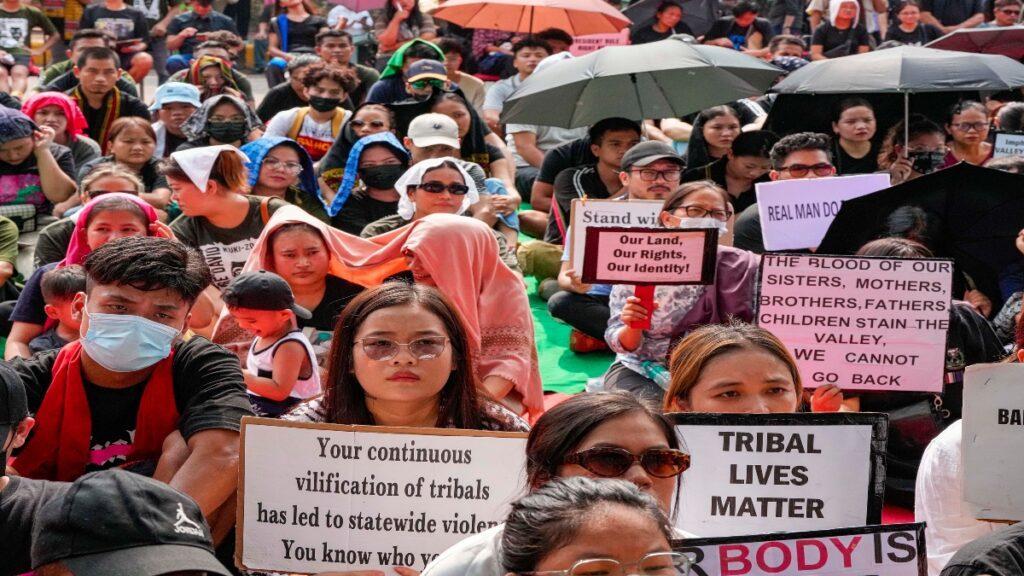
The demand by the Kuki-Zo community for a separate administration in the hill districts of Manipur has thus gained momentum.
According to a report on ‘Inter-tribal Conflict and its Impact on Woman and Child,’ (2017) compiled by Ashim Borah of Guwahati-based Assam Institute of Research for Tribals and Scheduled Castes: “The physical and mental stress resulting from experiencing death, separation, rape, torture, destruction, loss of livelihood and material deprivation have largely affected women, as their access to adequate healthcare is extremely limited. During conflict, women tend to bear a much greater burden than man for taking care of survivors, as well as children.”
It is also true that women are soft targets, and more often than not the first ones to be targeted by the opposing groups at time of combat.
In Manipur, the growing power assumed by private militia groups in the absence or inadequacy of administrative and police machinery is birthing lawlessness and needless, uncontrolled violence.
Acts of arson, looting, sexual assault, lynchings and burnings are seeing the tribals live in fear and isolation, while many innocent Meiteis have fled the state.
Of late, neighbouring Mizoram and Assam seem to be getting pulled into the battleground too, amid threats by the warring communities and looting of arms and ammunition.
The nature of conflict in the region has undergone transformation with the emerging contemporary conflict of armed nature, which is fast adopting alternative methods of warfare, says Borah.
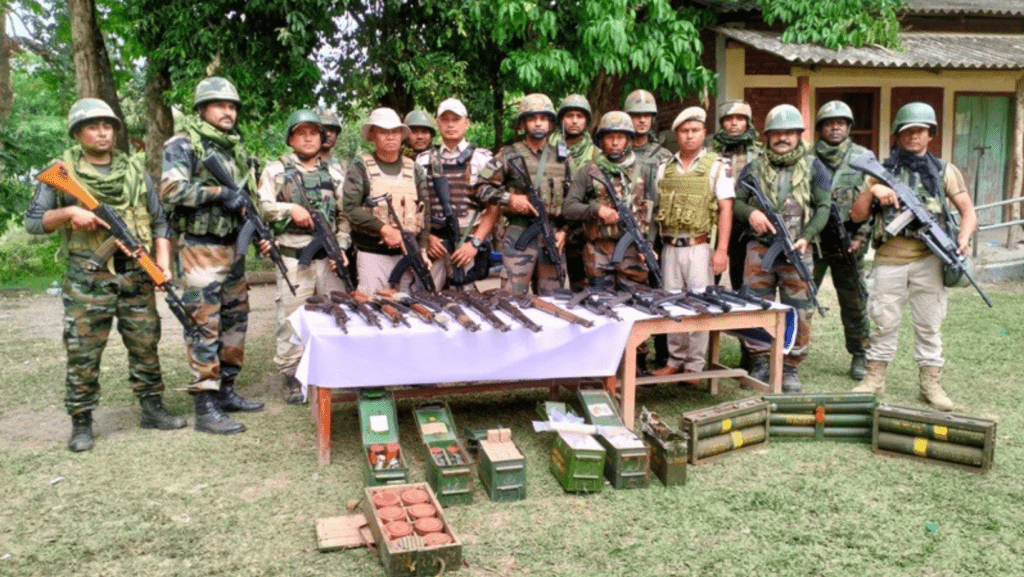
The Administrative Reforms Commission — constituted in 2005 to prepare a blueprint for revamping the public administrative system — considers Manipur the “most insurgency-ridden” state, with some 15 violent outfits fighting on lines of tribe and community. The Commission considers such militia to have become a “self-financing extortion activity” in the state.
The roots of civil disturbance in the North East are mired in poverty along with a lack of employment, opportunity and progress, all of which lead to oppression. The helplessness pushes youth of the region to crimes like drugs and arms smuggling, fuelling the cycle of violence and divisiveness, and manning the militia.
The Government of India, in its Budget for 2023-24, has demarcated more than double the funding year-on-year for the North East, at Rs 5,892 crore. There are several plans for development, security and nourishment of the tribes under this sum.
How far this will impact the grass roots is yet to come to light. However, an urgent need remains to douse these current fires and then take up development on a war footing.
The Administrative Reforms Commission, in its report on ‘Capacity Building for Conflict Resolution’ explains that apart from national and sub-regional turbulence, ethnic conflicts plague the North East.
These also involve assertion of numerically smaller and less dominant tribal groups against the political and cultural hold of the dominant tribal group.
Indigenous people comprise only 8.6% of India’s entire population and are 1,045.46 lakh in number, according to Census 2011.
However, the North Eastern states of Arunachal Pradesh (68.8%), Assam (12.4%), Manipur (40.9%), Meghalaya (86.1%), Mizoram (94.4%), Nagaland (86.5), Sikkim (33.8%) and Tripura (31.8%) almost all have substantial tribal populace.
The scanty tribal numbers in comparison to the overall population of the country highlight the vulnerability of this group. Further, while India’s tribes are already battling several adversities, some of which threaten their very existence, add to it the stresses such as ethnic diversity tearing at them. The complexities call for some serious interventions to prevent a repeat of Manipur elsewhere.






